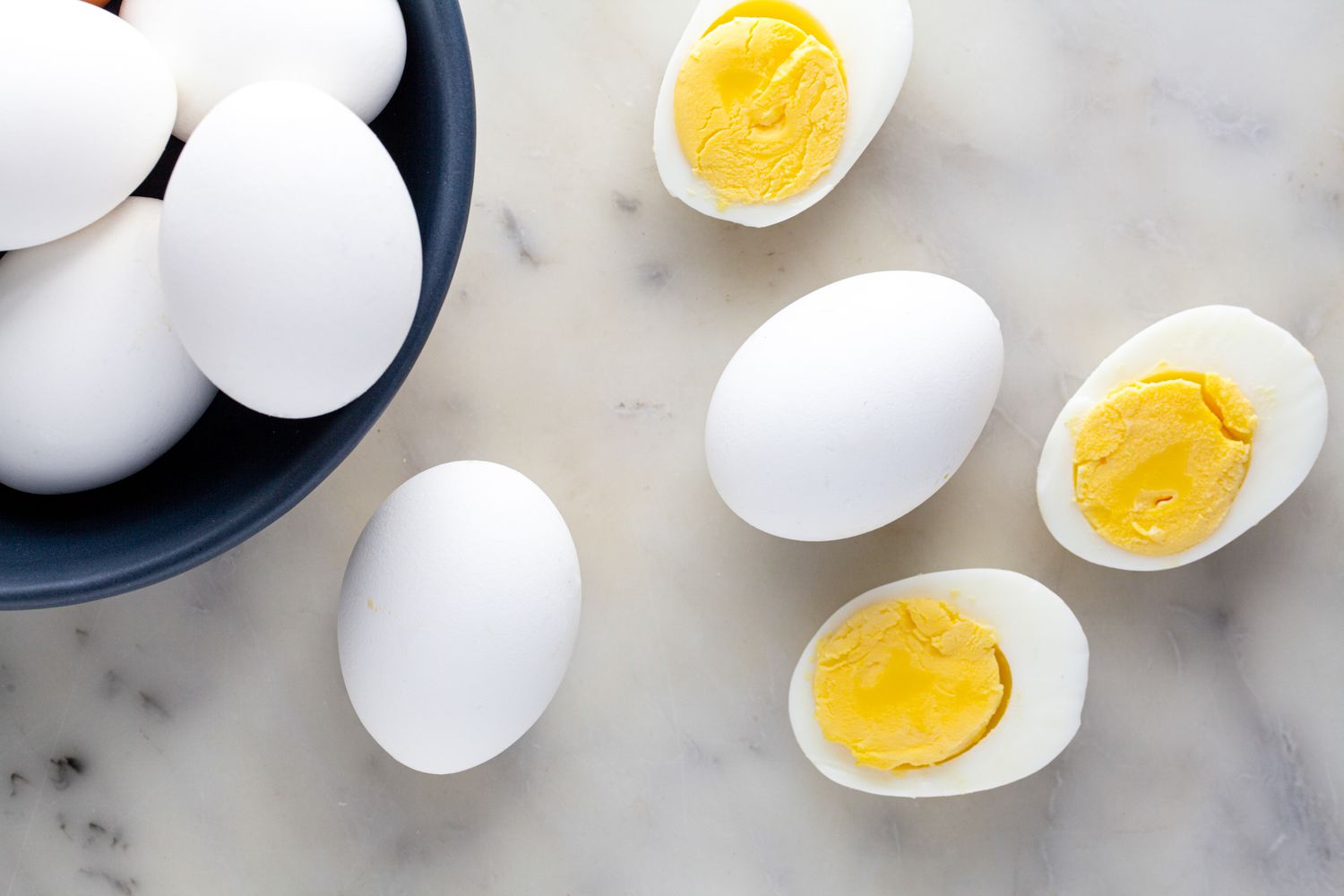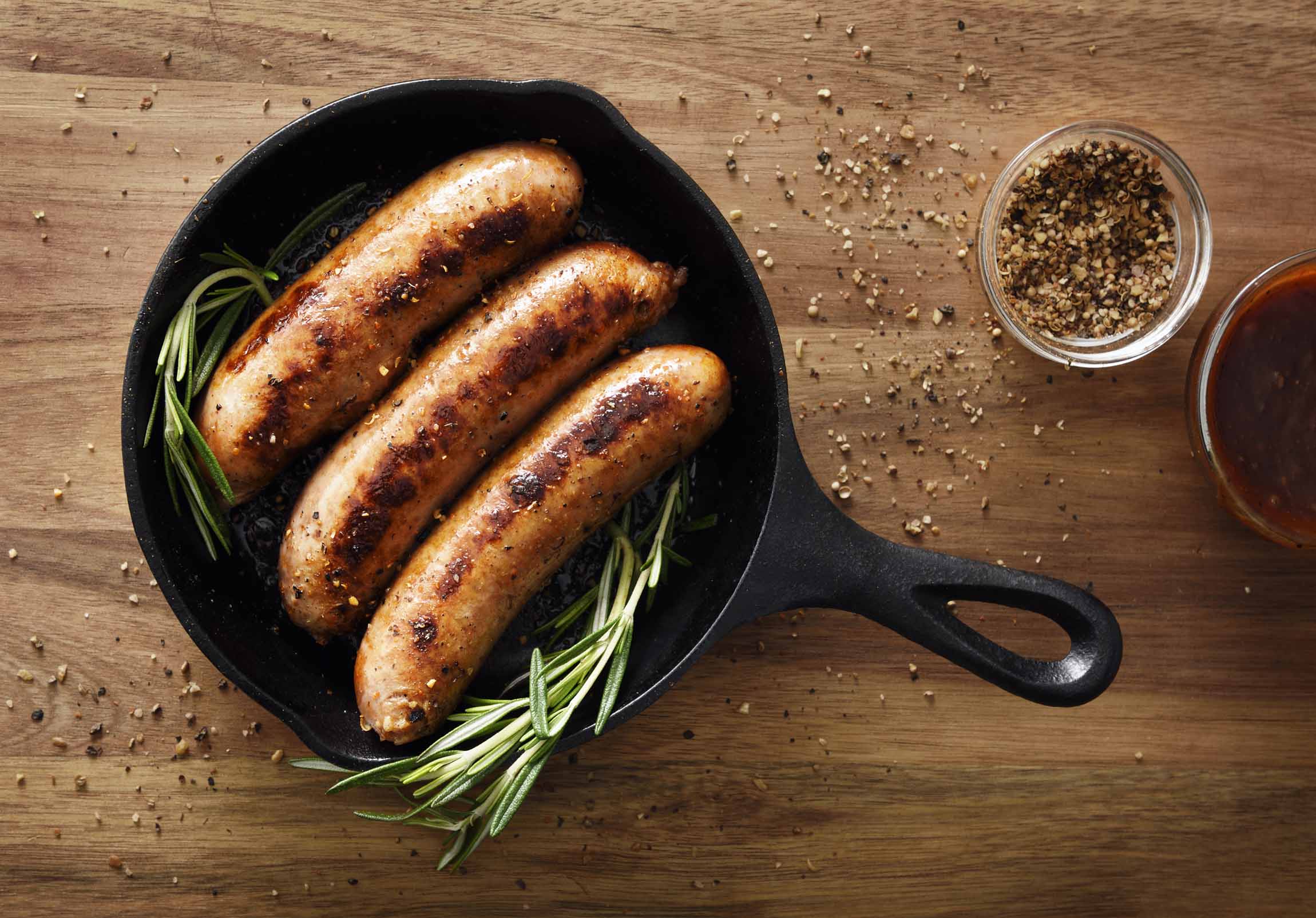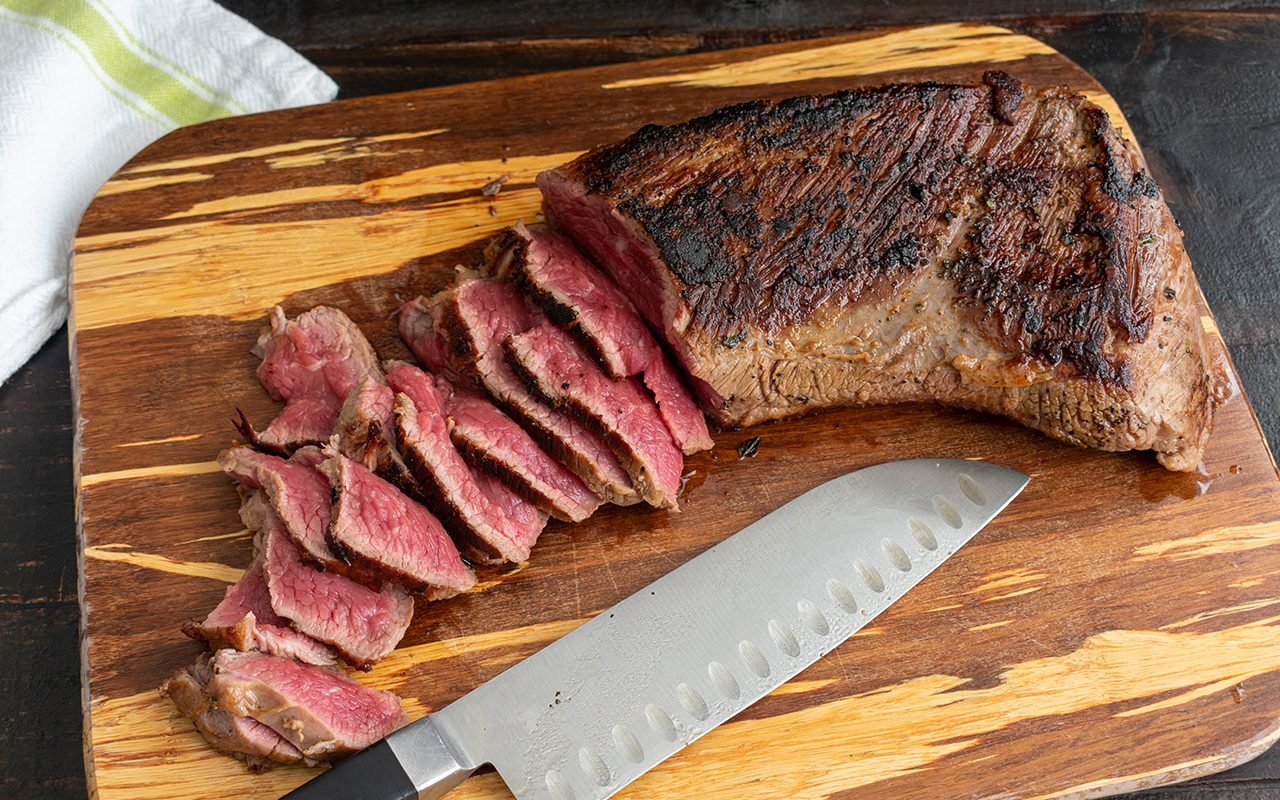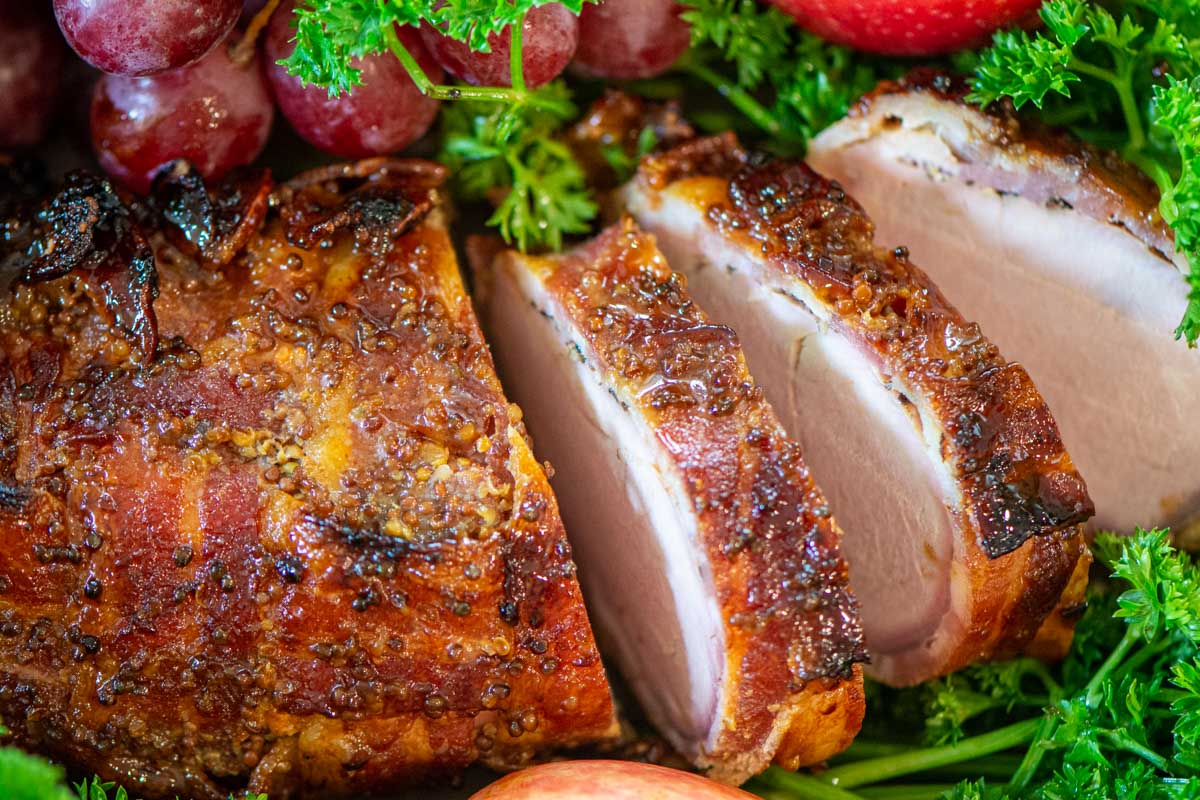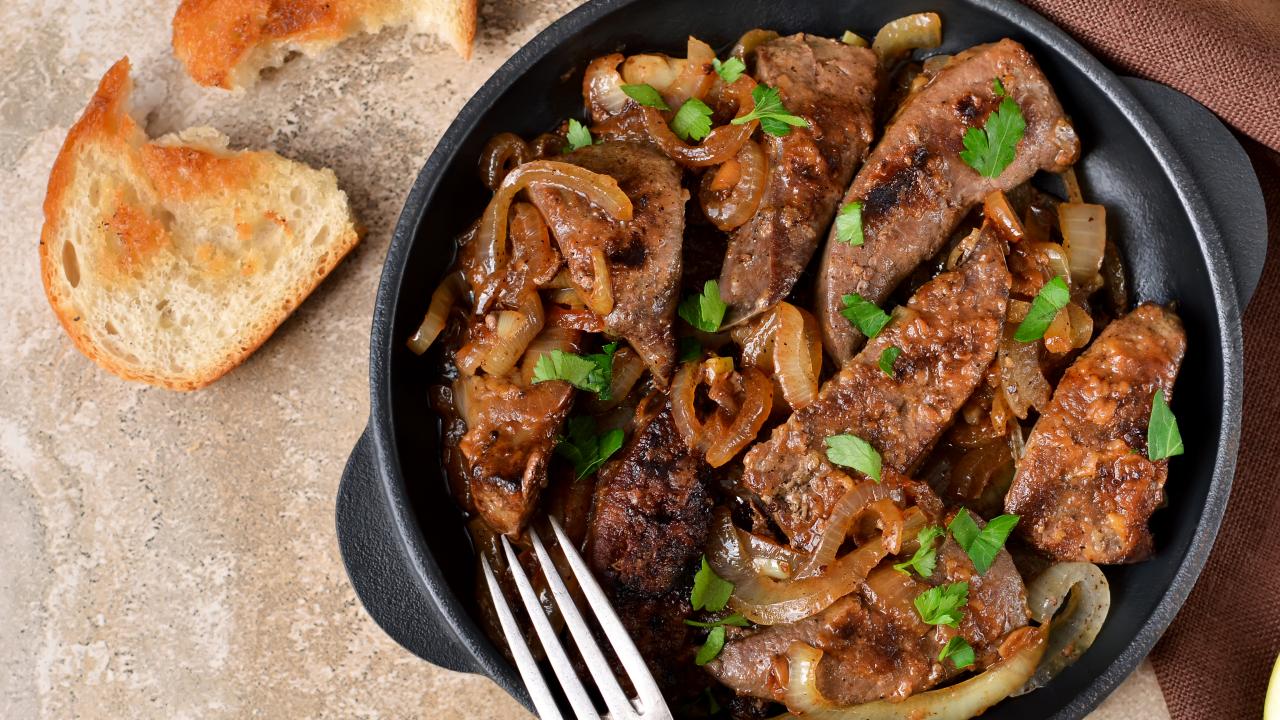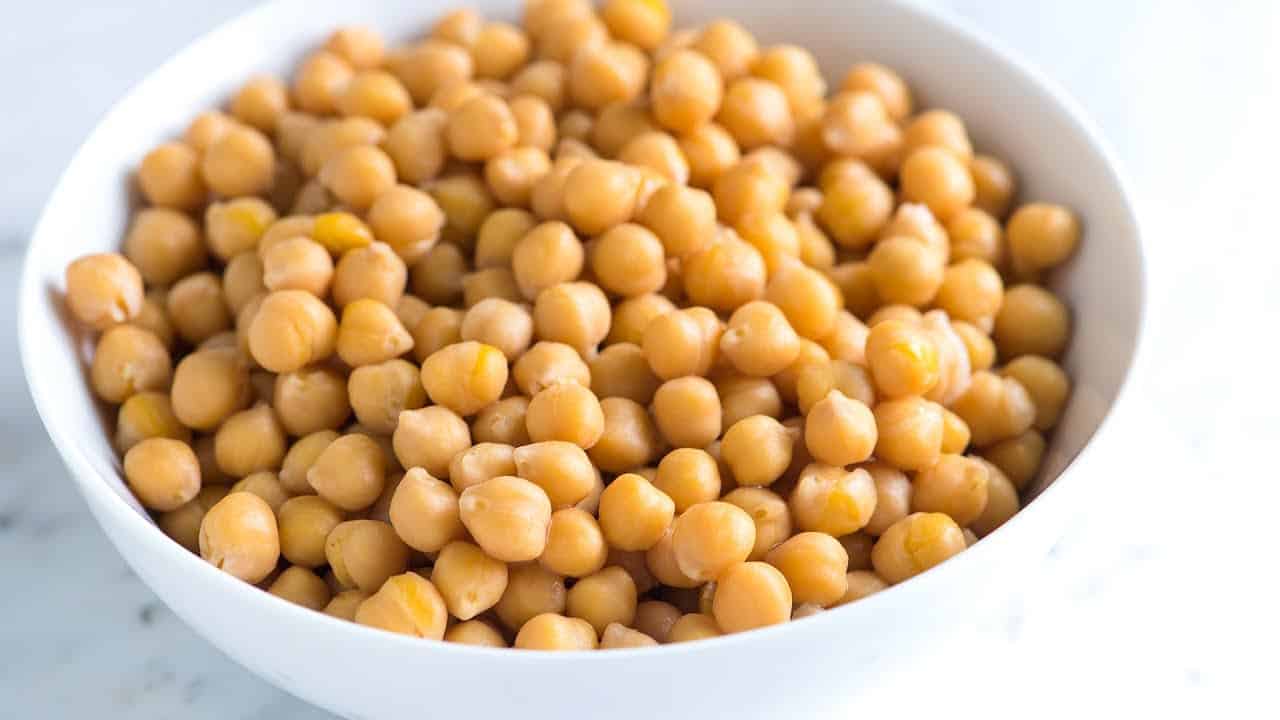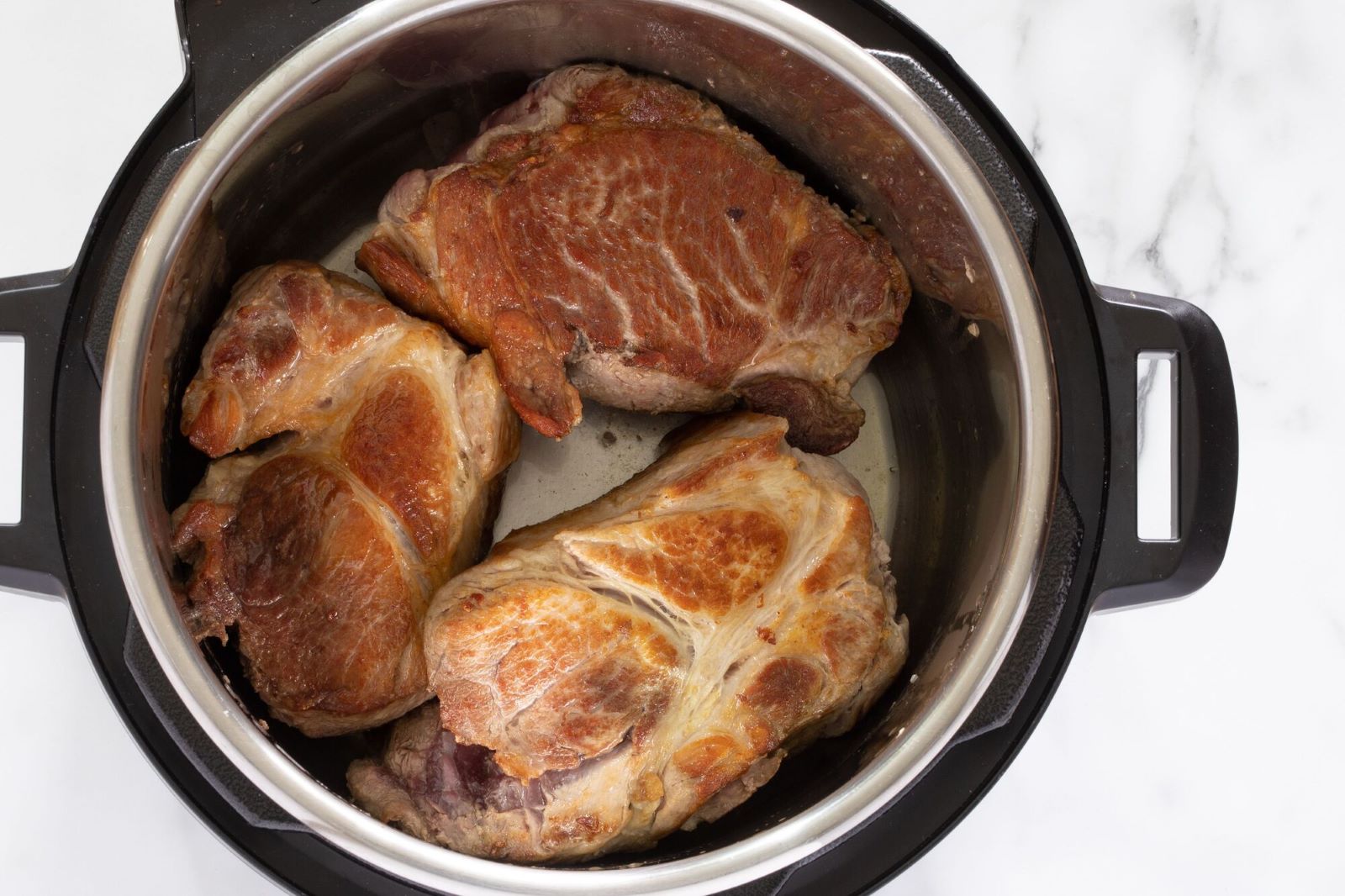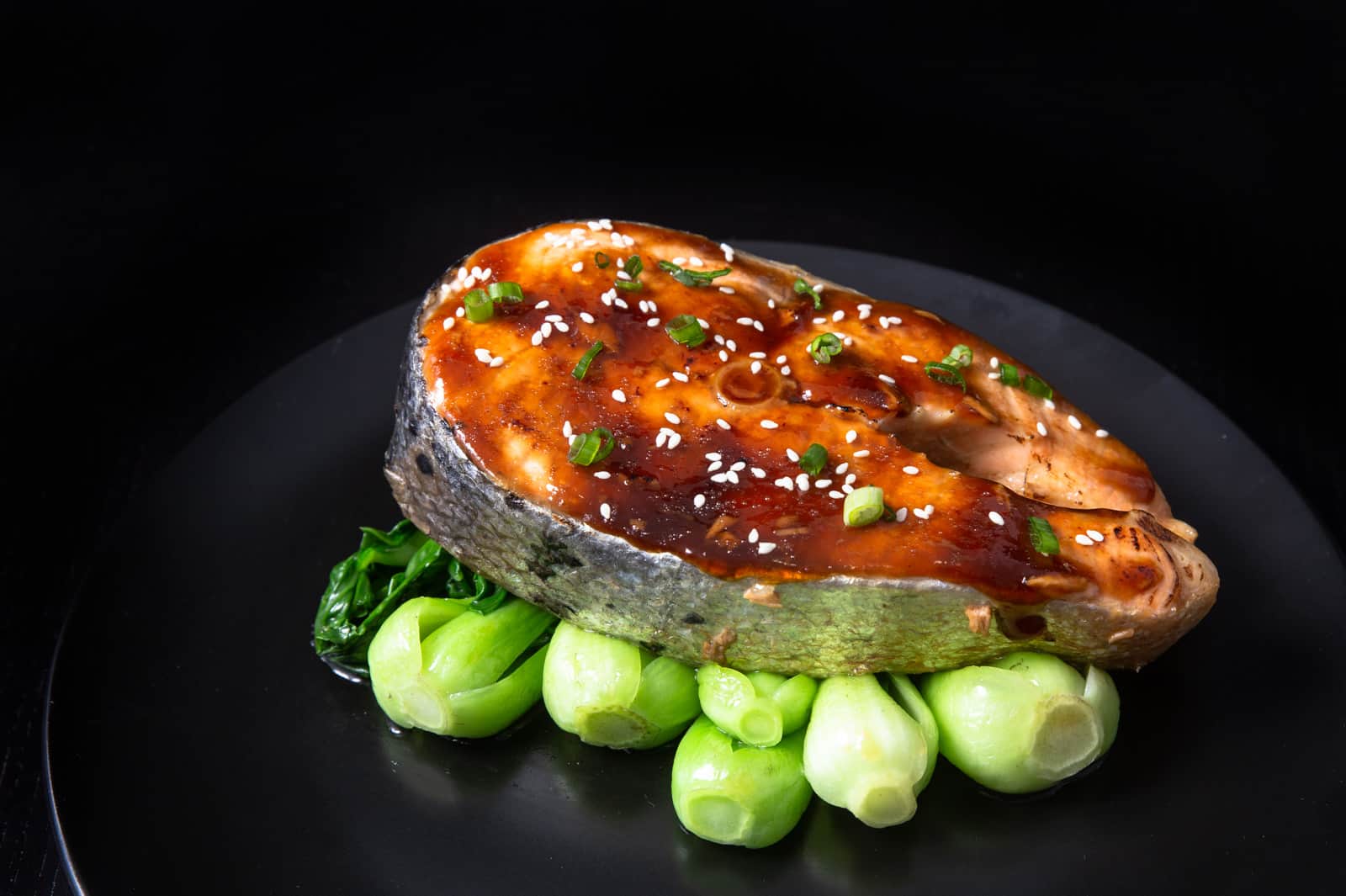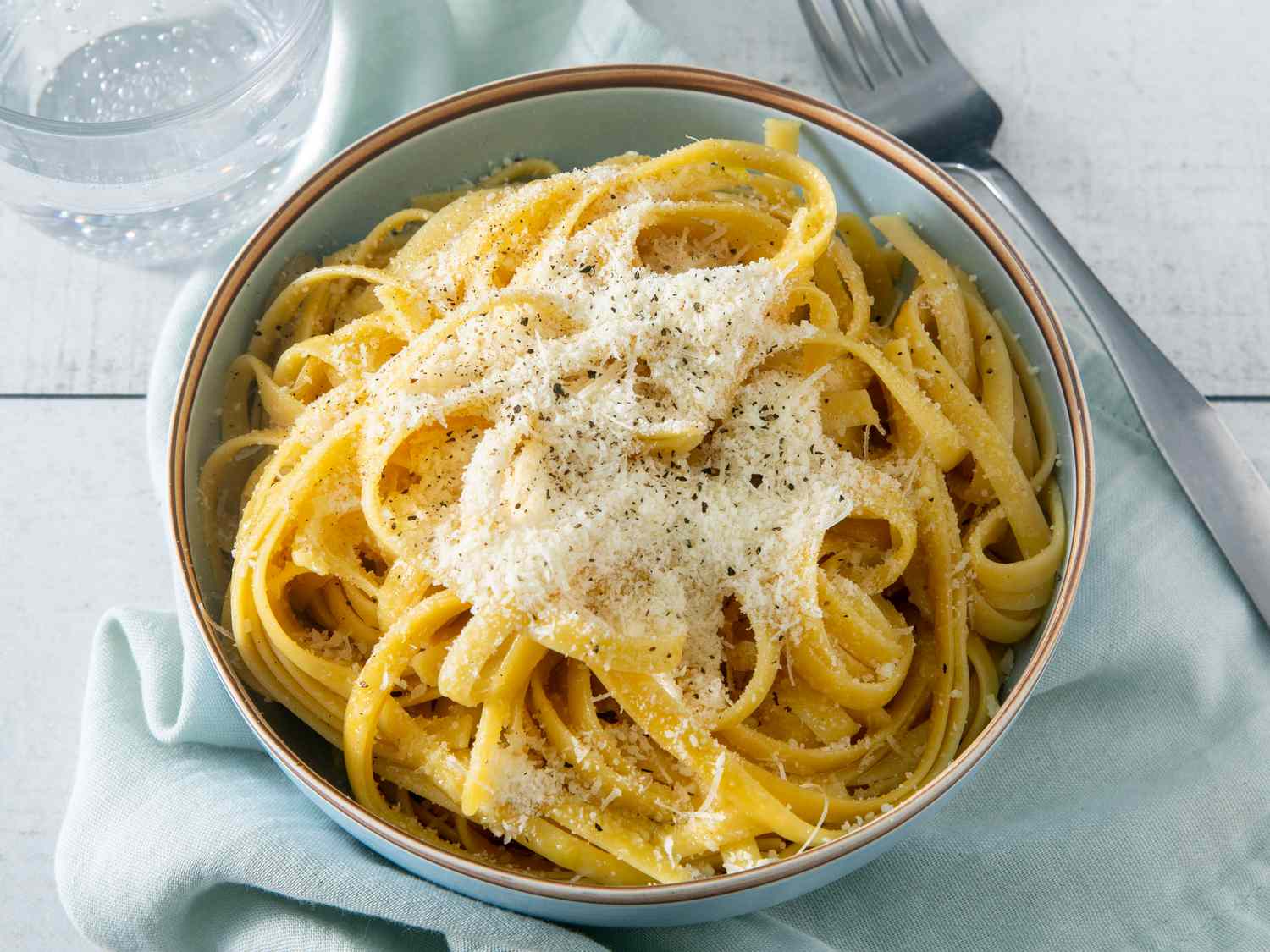Unlock the Secrets to Perfectly Cooked Brown Rice in Your Rice Cooker
Are you tired of ending up with mushy or burnt brown rice? If you’re like many home cooks, achieving the perfect texture and flavor for brown rice can be a challenging task. But fear not! With the help of a rice cooker, you can easily cook brown rice without any fuss or guesswork.
Why Cook Brown Rice?
- Brown rice is a healthier alternative to white rice as it retains more nutrients and dietary fiber.
- It has a nuttier flavor that adds a delightful taste to various dishes.
- It pairs well with a wide range of cuisines, making it a versatile pantry staple.
What You’ll Need:
- A rice cooker
- 1 cup of brown rice
- Water (see the recommended ratio below)
- A pinch of salt (optional)
Step-by-Step Guide:
- Rinse the Rice: Place the brown rice in a fine mesh strainer and rinse it under cold running water. This helps remove any excess starch that can make the rice sticky.
- Measure the Water: The ideal water-to-rice ratio for brown rice is 2 cups of water for every 1 cup of rice. This ratio ensures that the grains cook evenly and retain their shape.
- Add Salt (Optional): If desired, add a pinch of salt to the water. Salt enhances the flavor of the rice without overpowering it.
- Transfer to the Rice Cooker: Pour the rinsed brown rice and the measured water into your rice cooker. Stir gently to distribute the grains evenly.
- Cooking Time: Set your rice cooker to the “Brown Rice” or “Whole Grain” setting, if available. The cooking time may vary depending on your specific rice cooker model, but it usually takes around 45-50 minutes.
- Let it Rest: Once the rice cooker switches to the “Keep Warm” mode or indicates that the rice is cooked, let it rest for about 10 minutes. This allows the rice to absorb any remaining moisture and achieve a fluffy texture.
- Fluff and Serve: Use a fork to fluff the rice gently, separating the grains. Serve hot as a side dish, in stir-fries, or as a base for flavorful rice bowls.
Pro Tips:
- Adjust Water Ratio: If you prefer your brown rice to be softer or firmer, you can experiment with the water-to-rice ratio. Increase the water slightly for softer rice or reduce it for a firmer texture.
- Add Seasonings: Elevate the flavor of your brown rice by adding herbs, spices, or bouillon cubes to the cooking water. This simple step can transform a basic side dish into a delectable accompaniment.
- Flavorful Variations: Consider mixing in cooked vegetables, toasted nuts, or dried fruits to add extra texture and taste to your brown rice creations.
By following these steps, you’ll be able to enjoy perfectly cooked brown rice every time. Say goodbye to soggy or undercooked grains and impress your family and friends with your newfound rice cooking prowess. So, what are you waiting for? Fire up your rice cooker and get ready to savor the wholesome goodness of brown rice!
Share your thoughts and experiences on cooking brown rice in a rice cooker in the Kitchen Equipment forum section.
FAQ:
Can I use the same measurements and settings as cooking white rice in a rice cooker?
When cooking brown rice in a rice cooker, it is important to use slightly more water than when cooking white rice. The general ratio is 2 cups of water per 1 cup of brown rice. Additionally, you may need to adjust the cooking time as brown rice takes longer to cook compared to white rice. Keep in mind that different rice cooker models may have varying settings, so it’s always best to consult the instruction manual for specific guidelines.
Should I soak brown rice before cooking it in a rice cooker?
Soaking brown rice before cooking is not necessary but can help improve the texture and reduce the overall cooking time. If you choose to soak, simply place the desired amount of brown rice in a bowl, cover it with water, and let it soak for 30 minutes to 1 hour. After soaking, drain the rice and add it to the rice cooker with the appropriate amount of water for cooking.
Can I add other ingredients or seasonings to the rice cooker when cooking brown rice?
Absolutely! Adding ingredients like vegetables, herbs, or spices to the rice cooker while cooking brown rice can infuse additional flavors into the dish. You can experiment with adding diced onions, minced garlic, or even a sprinkle of your favorite spices like turmeric or cumin. Just be mindful of the cooking time and make sure to adjust the amount of water accordingly to ensure proper cooking of the brown rice and the additional ingredients.
How long does it take to cook brown rice in a rice cooker?
On average, cooking brown rice in a rice cooker takes approximately 45 minutes to 1 hour. The exact cooking time can vary slightly depending on the specific rice cooker model and the quantity of rice being cooked. Some rice cookers come with a pre-programmed brown rice setting, which automatically adjusts the cooking time for optimal results. If your rice cooker doesn’t have this setting, it may require manual adjustment of the cooking time.
Can I use the “keep warm” function on my rice cooker after cooking brown rice?
Yes, you can use the “keep warm” function on your rice cooker to keep the cooked brown rice warm and ready to serve. However, it’s important to keep in mind that brown rice should not be left in the “keep warm” mode for an extended period as it can begin to dry out. It is recommended to consume the brown rice within 2-3 hours of cooking to ensure the best texture and taste.
How can I prevent the brown rice from sticking to the bottom of the rice cooker?
To prevent the brown rice from sticking to the bottom of the rice cooker, it is important to properly rinse the rice before cooking. Rinse the rice under cold water until the water runs clear to remove excess starch, which can contribute to sticking. Additionally, using a non-stick rice cooker or spraying a thin layer of cooking oil on the bottom of the cooker can help prevent sticking. Avoid stirring the rice during the cooking process, as this can also increase the risk of sticking.
Was this page helpful?
Read Next: How To Cook Rice In A Pressure Cooker
